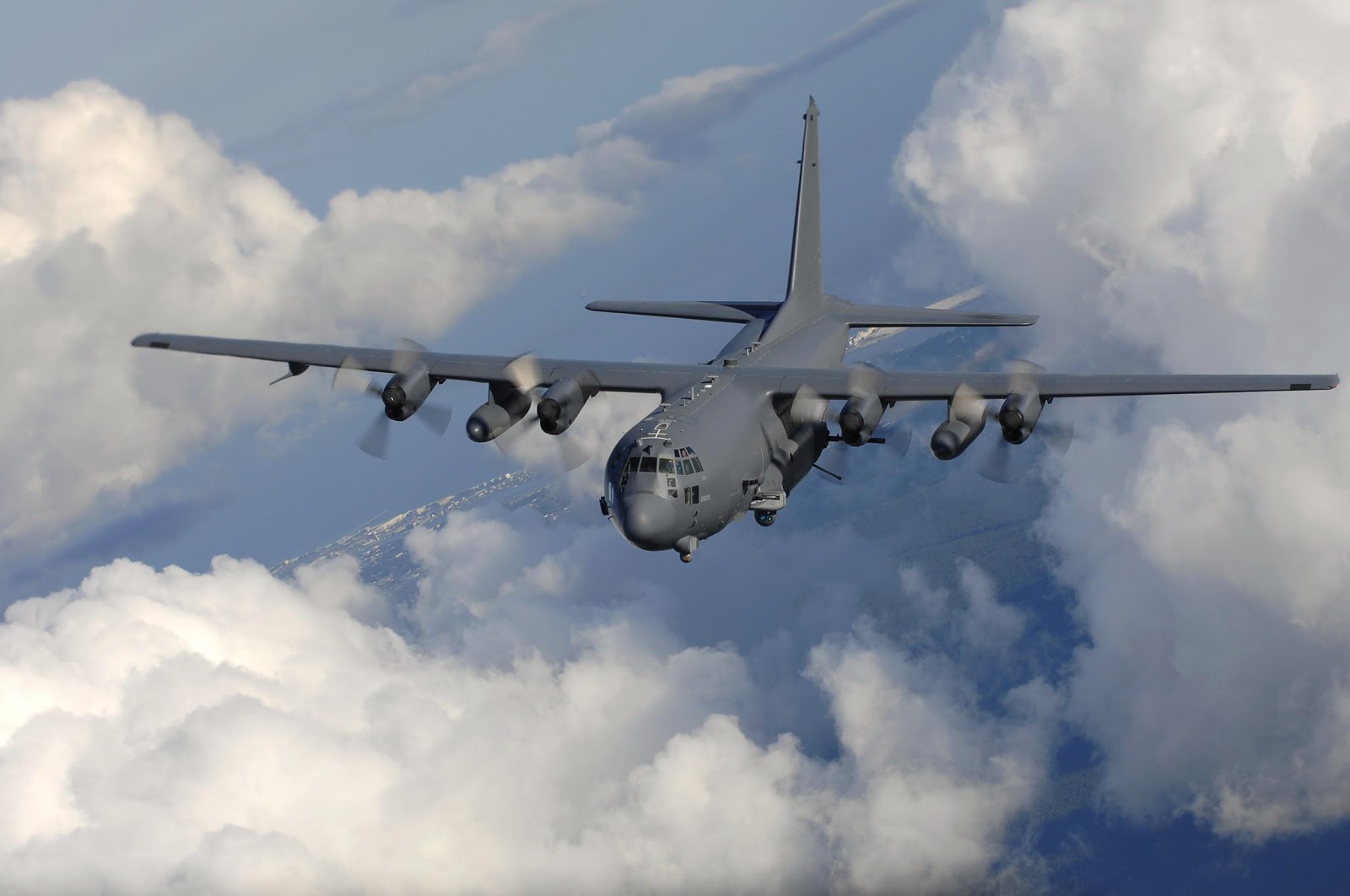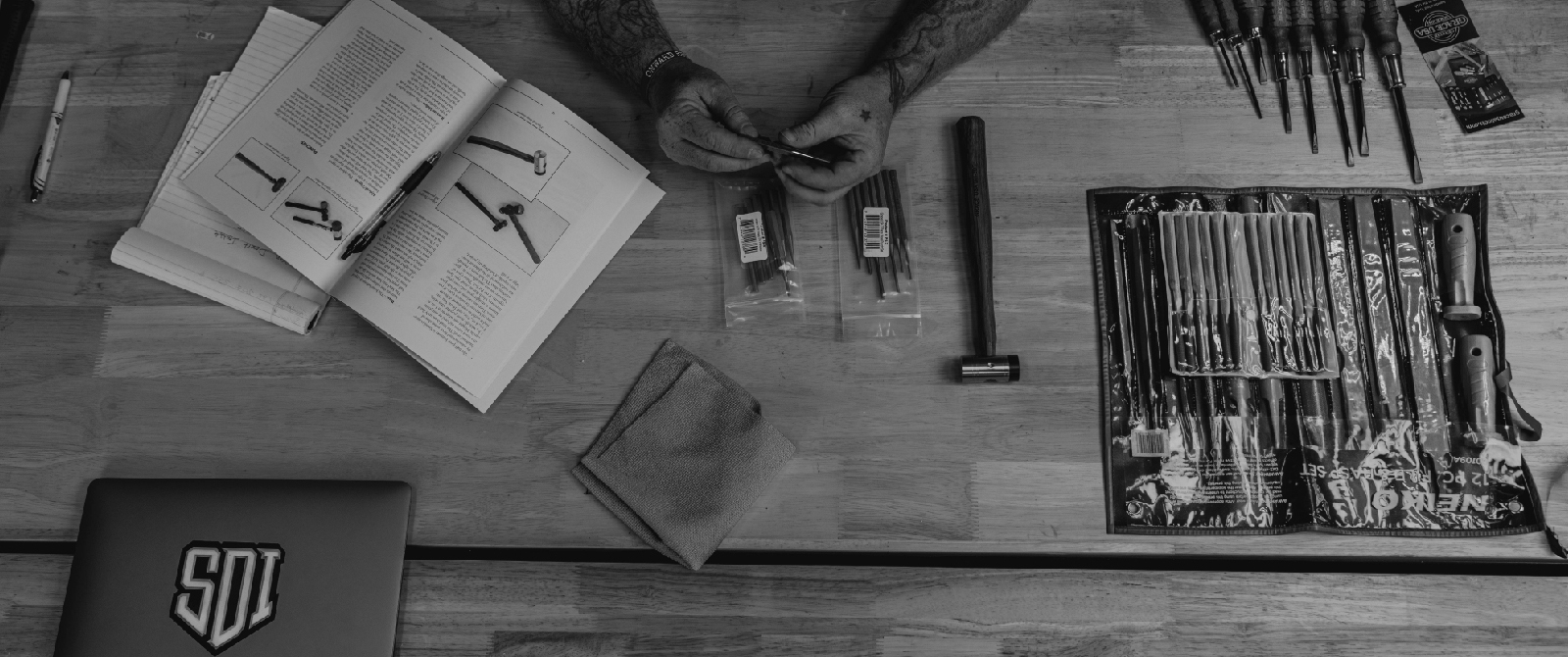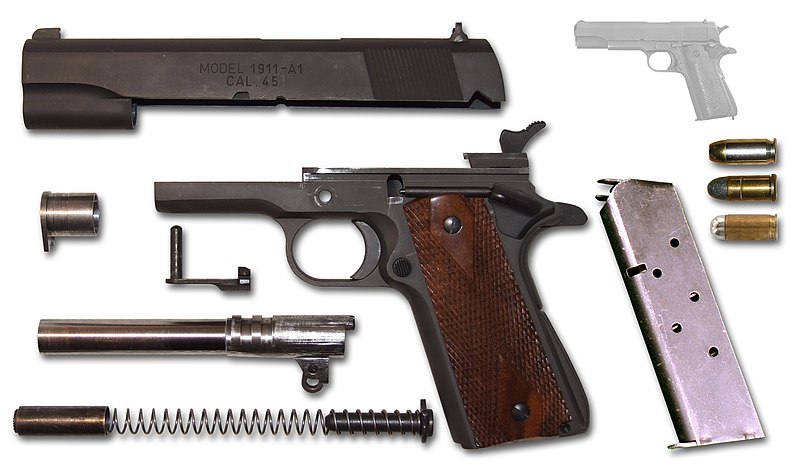
German General Erwin Rommel, who was harried by British and American planes during the African campaign of 1942-43, wrote the following in his diary: “Anyone who has to fight, even with the most modern weapons, against an enemy in complete command of the air, fights like a savage against modern European troops, under the same handicaps and with the same chances of success.”
The enemies of the United States and her allies can all attest to the devastating power of the U.S. Air Force. State-of-the-art equipment, training, and tactics are constantly evolving to meet the needs of tomorrow’s battlefields.
But those enemies take careful notes: Certain tactics have been used against the U.S. in past conflicts that have limited our ability to attack from the air. One such technique is to carve out tunnels in the ground or into mountains so that movement and communications can be conducted without danger from hostile air power.
On a mission to attack an ISIS-K (Islamic State- Khorasan) fortress in Nangarhar Province in Afghanistan, U.S. forces discovered just such a series of tunnels.
U.S. Air Force Major Jeff Wright, Special Tactics officer with the 24th Special Operations Wing, describes the enemy base as a “warren”, accessible by only a single path and beset by fortifications and firing zones that allowed defenders to surround and overwhelm attackers.
But those threats were neutralized by an Air Force AC-130U, which circled the battlefield at high altitude and delivered rapid, accurate covering fire.
An AC-130U gunship from the 4th Special Operations Squadron, flies near Hurlburt Field, Fla., Aug. 20, 2008. The AC-130 gunship’s primary missions are close air support, air interdiction and force protection. (U.S. Air Force photo by Senior Airman Julianne Showalter)
The air crew performed so well that they were awarded two Distinguished Flying Crosses and 12 Air Medals. Wright explains, “In my 20-plus years of training and experience in the art of attacking and defending ground objectives, I have seen few more formidable defensive positions – or ones more daunting to attack.”
To make matters worse, wounded soldiers, both American and Afghan, could not be picked up by helicopters because of the narrow spaces – they would have to be lifted by gurney to the waiting choppers, who would hover in place, making them vulnerable to ground fire.
Major Wright describes the scenario: “Despite our numerical superiority, the situation was dire. From my support-by-fire position, I could do little to help. The safe evacuation of the growing numbers of wounded was up to my Special Tactics teammates in close-range gun battles with the enemy – literally fighting room-to-room.”
Spooky 41, the AC-130U’s callsign, responded to a call for support fire from the Special Forces team.
AC-130U gunships mount 105mm cannons for heavy fire support. (Air Force photo / Senior Airman Rachel Williams)
“The precise application of fires allowed friendly forces to establish a defensive perimeter and turn to the task of evacuating the wounded,” Wright explains. Thanks to the withering fire from the air, not a single medivac helicopter was shot down, and American and Afghan forces sustained minimal casualties.



